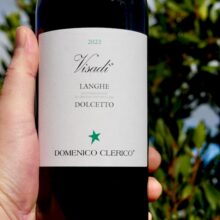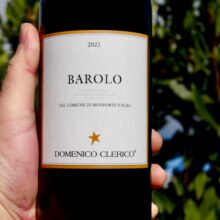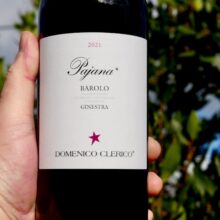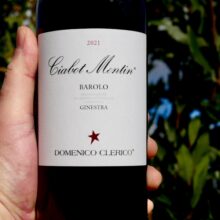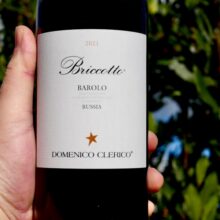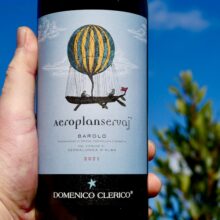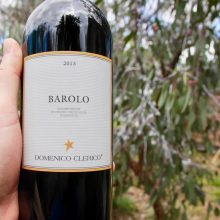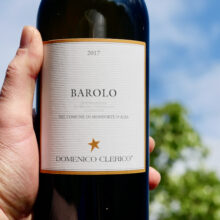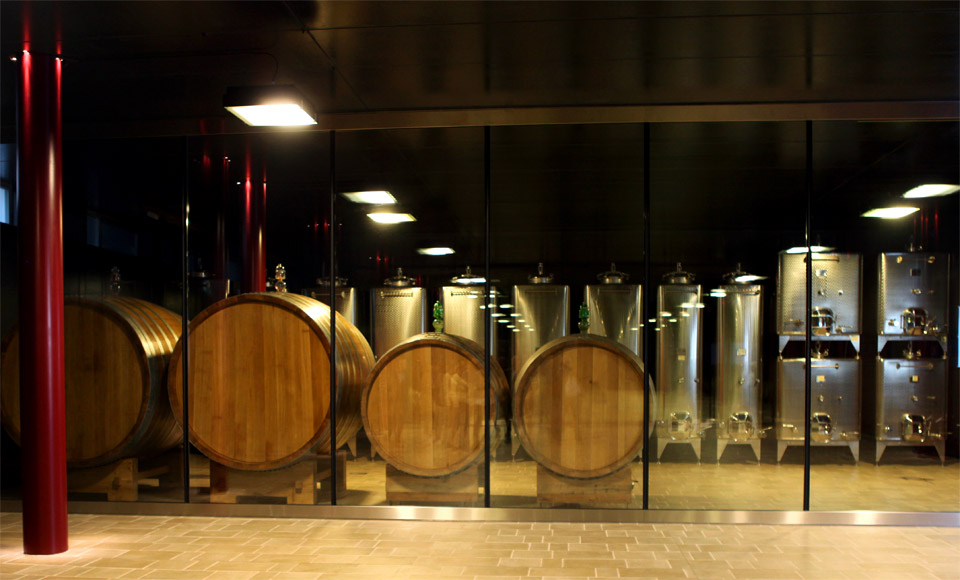
Winery
Domenico Clerico
About Domenico Clerico
Artists are often conflicted between a desire to share something of beauty, beauty to the maker, beauty in the eye of the beholder, and to find the best medium, have the skills to use it and share that beauty. It’s common for their work to remain unappreciated or misunderstood until well beyond their passing.
We talk of different eras of the great masters and explore the transitions between them.
In the wine world many are caught in a kind of no-mans land wanting to satisfy a market and not change too much for risk of losing their fans. Change can be slow when this cognitive dissonance prevails. Some, are brave enough to try. They will experiment with extremes to accelerate their learning. The most successful will not force a conclusion. They seek constant improvement.
The Australian wine industry has been blessed by freedom to operate outside of suffocating regulation and with many inquisitive minds pushing the boundaries. In so doing there have been some particularly undrinkable wine made. Both failures and successes have led to steady advancement towards more delicious wines. The collegiate nature of the industry, sharing experiments, lifting all boats on a rising tide.
Oscar Arrivabene explores some of Domenico’s experiments to push Barolo in the video below. That work has lead to clarity for Oscar and others, allowing them to stand on the shoulders of their predecessors. Oscar has taken this knowledge and the shared endeavour to create something of beauty and is deftly traversing a challenging environmental landscape taking Domenico Clerico into a new era under his stewardship. His most recent works are perhaps the best we have seen come from this historic estate!
The truth we will each find on our own in the glass. For mine what’s in the glass is both grape first and beguiling.
Monica Larner explores the changes at Domenico Clerico whilst tasting the 2020’s
This year’s tasting of Domenico Clerico’s releases was exhilarating and full of surprises. Winemaker Oscar Arrivabene and winery owner Giuliana Viberti have made an important decision in terms of winemaking that has radically changed the taste profile of these wines for the better. They have abandoned small oak barrique for the most part and embraced more reductive 5,000-liter oak botti instead. The change is immediately identifiable, as the seamless quality of the oak integration is apparent upon your first sip. Other little tweaks to maintain freshness have also been made. For example, the 2020 Barolo Aeroplan Servaj draws its fruit from the coolest side of Baudana in Serralunga d’Alba. My favorite wine, which stands out for its brightness and nuanced elegance, is the restyled 2020 Barolo Bussia Bricotto. Among all these new releases from 2020 in this report, Domenico Clerico has been among the most successful in terms of interpreting the vintage. However, I am reminded that it was a difficult growing season. Indeed, 2020 had so many challenges that it inspired a switch over to organics.
From the Importer
My first memories of Domenico Clerico in my trips to Barolo were from some years back, driving south from the Commune of Barolo, and approaching the tee intersection to turn off towards Monforte – on the right is their standout, magnificently impressive and architecturally designed estate. I suppose in some ways, before I first met Domenico Clerico and visited his winery, I already had developed thoughts on his wines, and seeing this structure helped confirm this – rich, powerful and modern wines with a level of polish and sophistication. What did surprise me though was how small Domenico’s production was compared to the impression given from this imposing estate.
Taking over from his father in the late 70’s, in his early years, Domenico Clerico had the foresight to begin acquiring more real estate in Monforte which (perhaps by luck) included parcels of land in some of the most sort after crus. These included famous vineyards including Bussia, Ginestra, Pajana and Mosconi.
Although regarded as one of the leaders of the modernist movement, in recent times, there has been a clear step away from this very ‘new world’ approach with a significant reduction in the amount of new wood used, along with the addition of some larger format oak (and even the odd concrete egg fermenter!) now being found at the winery. Other changes such as slower fermentation and maceration times are helping show each Crus individuality. Over the past 4 to 5 years, chief Oenologist Oscar Arrivabene has been working as Domenico Clerico’s right-hand man, and with the passing of Domenico Clerico in July, Oscar has fully taken over the reins.
Where in the World is Domenico Clerico?
Clerico’s Cru Barolo vineyards are all clustered together in Monforte d’Alba with the exception of the fruit sourced from Teodoro Cru to the east of Cerretta in Serralunga for the Barolo ‘Aeroplanservaj’ (the Baudana Cru in Serralunga d’Alba being used for previous iteration). Even the Langhe Nebbiolo’s ‘Arte’ and ‘Capisme-e’, and, the Dolcetto ‘Viadi’ and Barbera ‘Trevigne’ are from Monforte sites.
